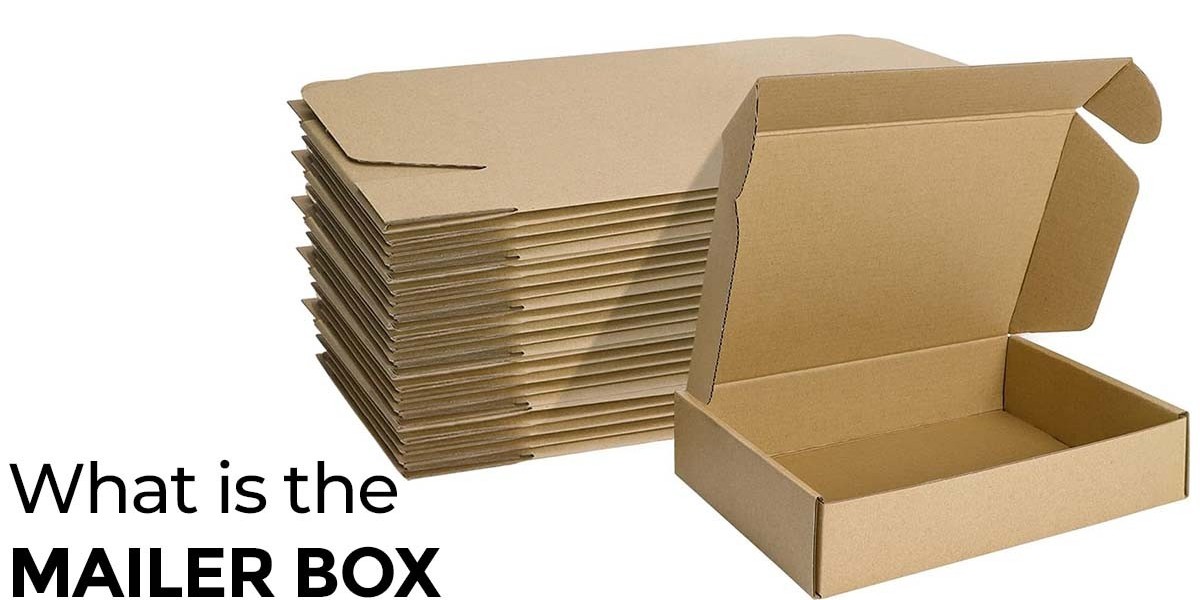In today's fiercely competitive market, branding reigns supreme. From small startups to multinational corporations, establishing a strong brand identity is essential for success. One often overlooked aspect of branding is packaging. However, packaging plays a pivotal role in shaping brand identity and influencing consumer perception. This article explores the significance of packaging in branding and its profound impact on consumer behavior.
The Role of Packaging in Branding
Packaging is more than just a container for products. It serves as a tangible representation of a brand's values, personality, and promise to consumers. In the context of branding, packaging is the physical embodiment of a brand's identity. It is the first point of contact with consumers and sets the tone for their interaction with the brand.
Shaping Brand Identity Through Packaging
Consistency is key when it comes to branding, and packaging is no exception. By maintaining consistency in branding elements such as colors, fonts, and imagery, brands can reinforce their identity and create a cohesive brand experience across all touchpoints. Furthermore, packaging provides an opportunity for brands to communicate their values and personality. Whether it's through eco-friendly materials or playful designs, packaging can evoke emotions and resonate with consumers on a deeper level.
Influence on Consumer Perception
Packaging serves as the initial impression consumers have of a product and can significantly impact their perception of its quality and value. Sleek and minimalist packaging, like Apple's, conveys a sense of luxury and sophistication, while vibrant and energetic packaging, such as Nike's, embodies a spirit of empowerment and athleticism. Moreover, psychological aspects of packaging design, such as color psychology and sensory cues, can subconsciously influence consumer behavior and purchasing decisions.
Case Studies
Several brands have mastered the art of packaging to create memorable brand experiences. Apple's iconic white boxes exude elegance and simplicity, reinforcing its premium image. Coca-Cola's classic red and white packaging not only contributes to its brand recognition but also evokes feelings of nostalgia and happiness. Nike's dynamic and bold packaging reflects its commitment to innovation and inspires consumers to push their limits.
Packaging Trends and Innovations
As consumer preferences evolve and environmental concerns grow, brands are embracing sustainable packaging solutions. From recyclable materials to biodegradable packaging, brands are prioritizing eco-friendly alternatives. Additionally, interactive packaging experiences, such as QR codes and augmented reality, are enhancing consumer engagement and creating immersive brand experiences. Furthermore, personalized packaging options allow brands to connect with consumers on a more personal level and foster brand loyalty.
Conclusion
Packaging is a powerful tool in shaping brand identity and influencing consumer perception. By investing in thoughtful and strategic packaging design, brands can differentiate themselves in a crowded market and forge meaningful connections with consumers. As the landscape of branding continues to evolve, packaging will remain a cornerstone of brand strategy, driving innovation and shaping the future of branding.
Get you custom lipbalm boxes with us.



